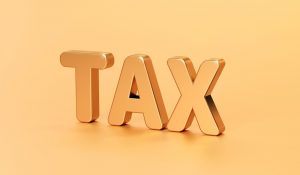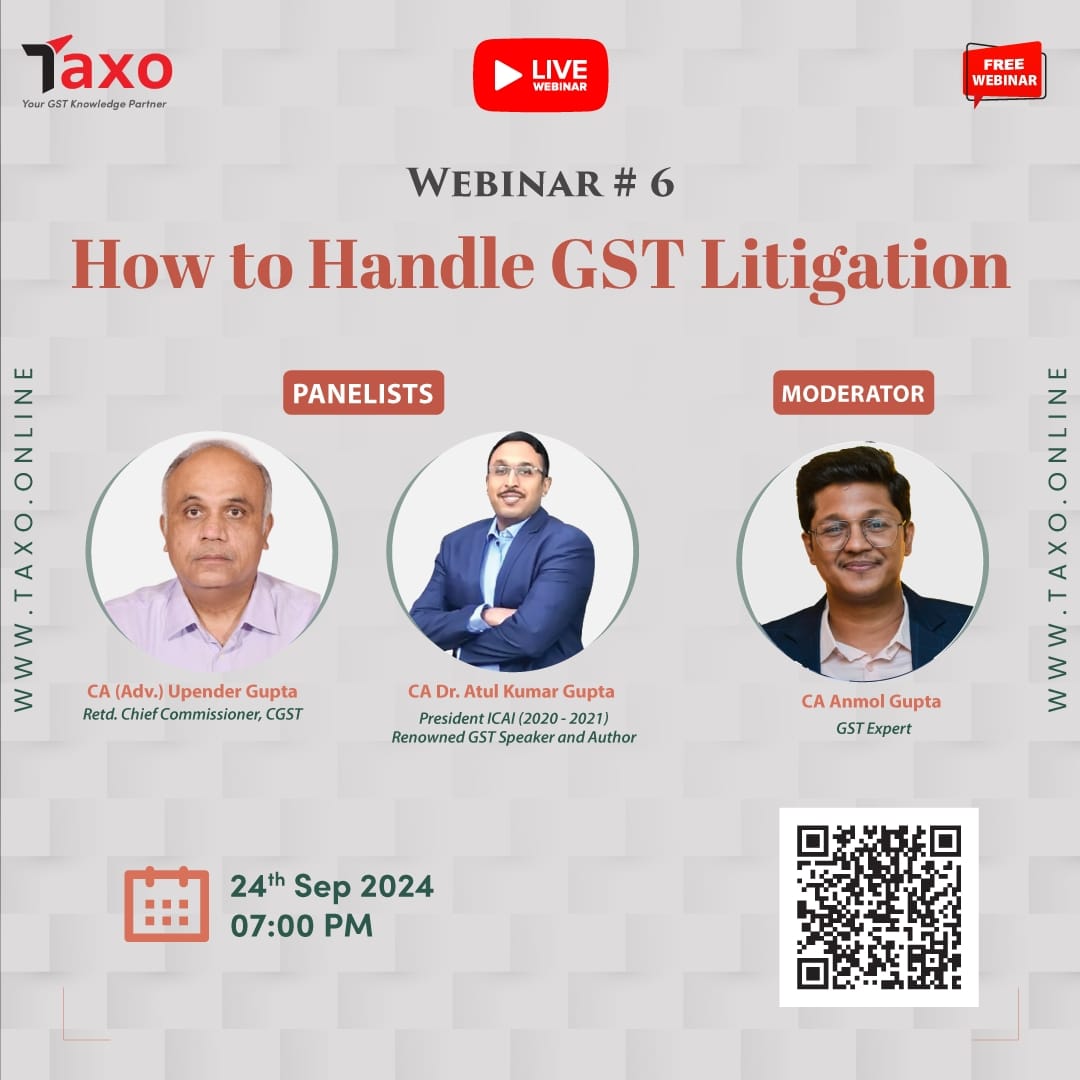
The Group of Ministers (GoM) on GST rationalisation is reviewing a proposal to lower the tax on key agricultural inputs such as drip irrigation systems, fertilisers and pesticides, Finance Minister Nirmala Sitharaman told the Parliament during her reply to the discussion on the Finance Bill on March 25.
The panel is also assessing GST rates on food sector-related items, she added.
Bharatiya Kisan Sangh (BKS) and other farm leaders have been demanding that the Centre must do away with Goods and Services Tax (GST) on agricultural equipment and inputs, which they feel is a big burden on farmers, and should be waived off to lower the cost of cultivation.
Defending the current tax structure, FM Sitharaman rejected claims that GST is regressive. “The allegation that GST is not progressive is unfounded,” she said. FM Sitharaman pointed out that only a small portion of consumer goods is taxed at the highest rate under the GST framework. “The 28 percent GST rate is on less than 3 percent of common man consumption items,” she said.
Average GST Rate Lower



